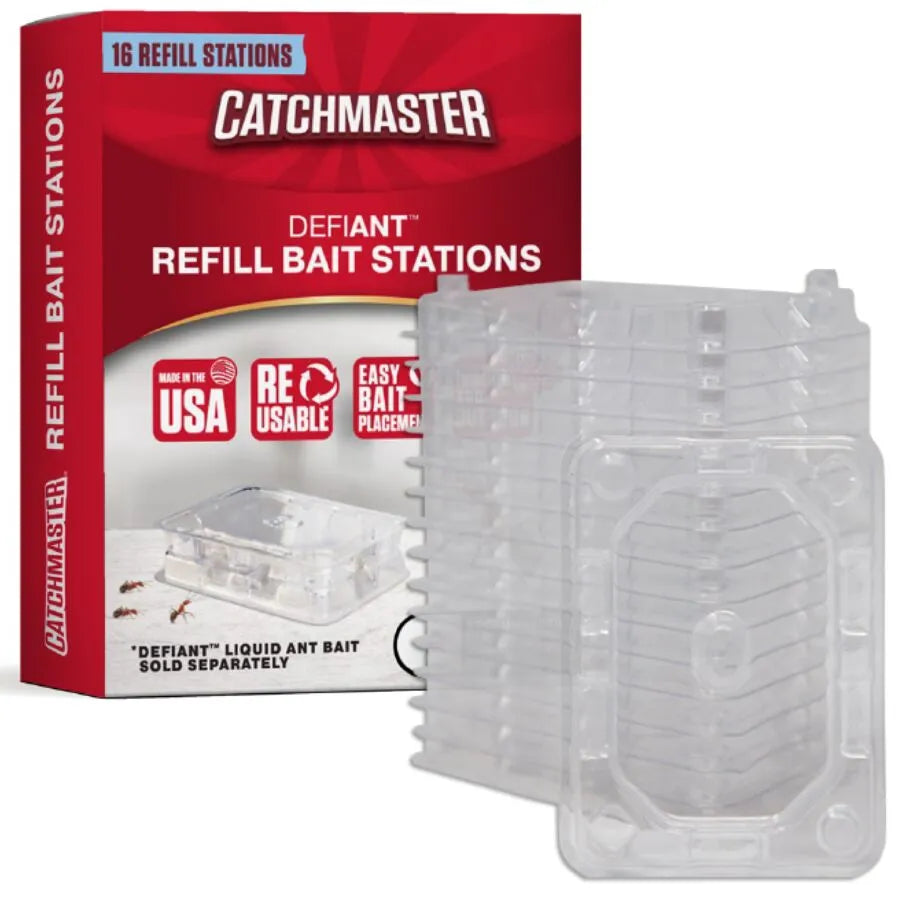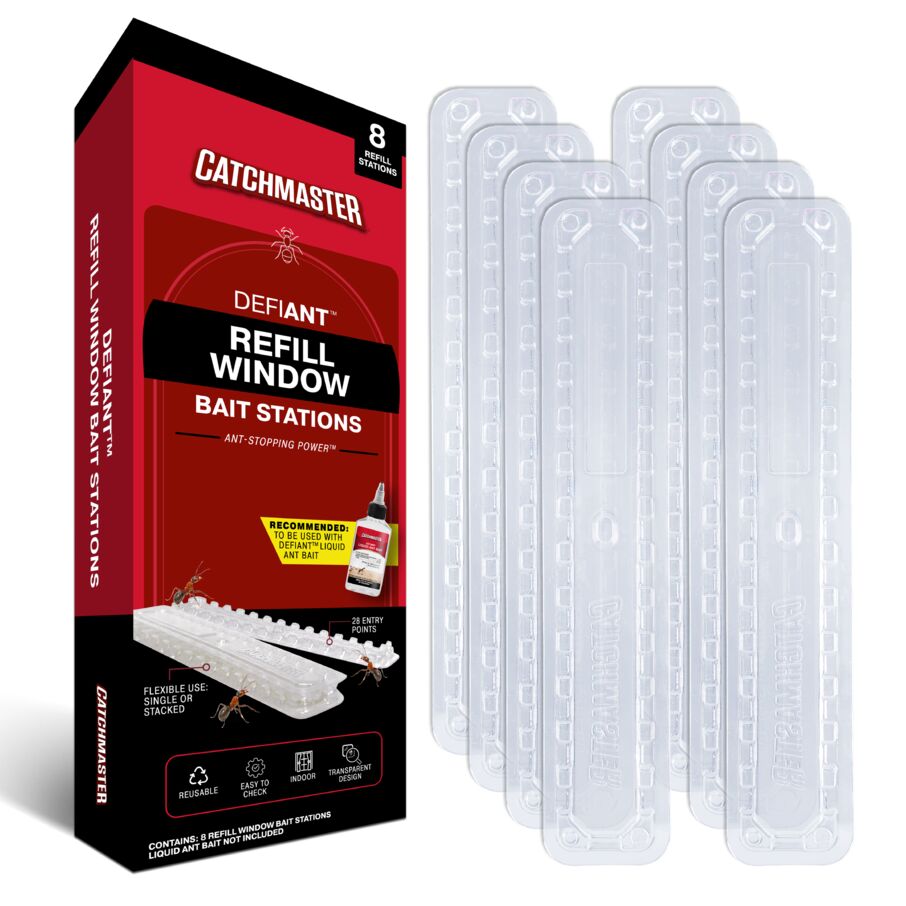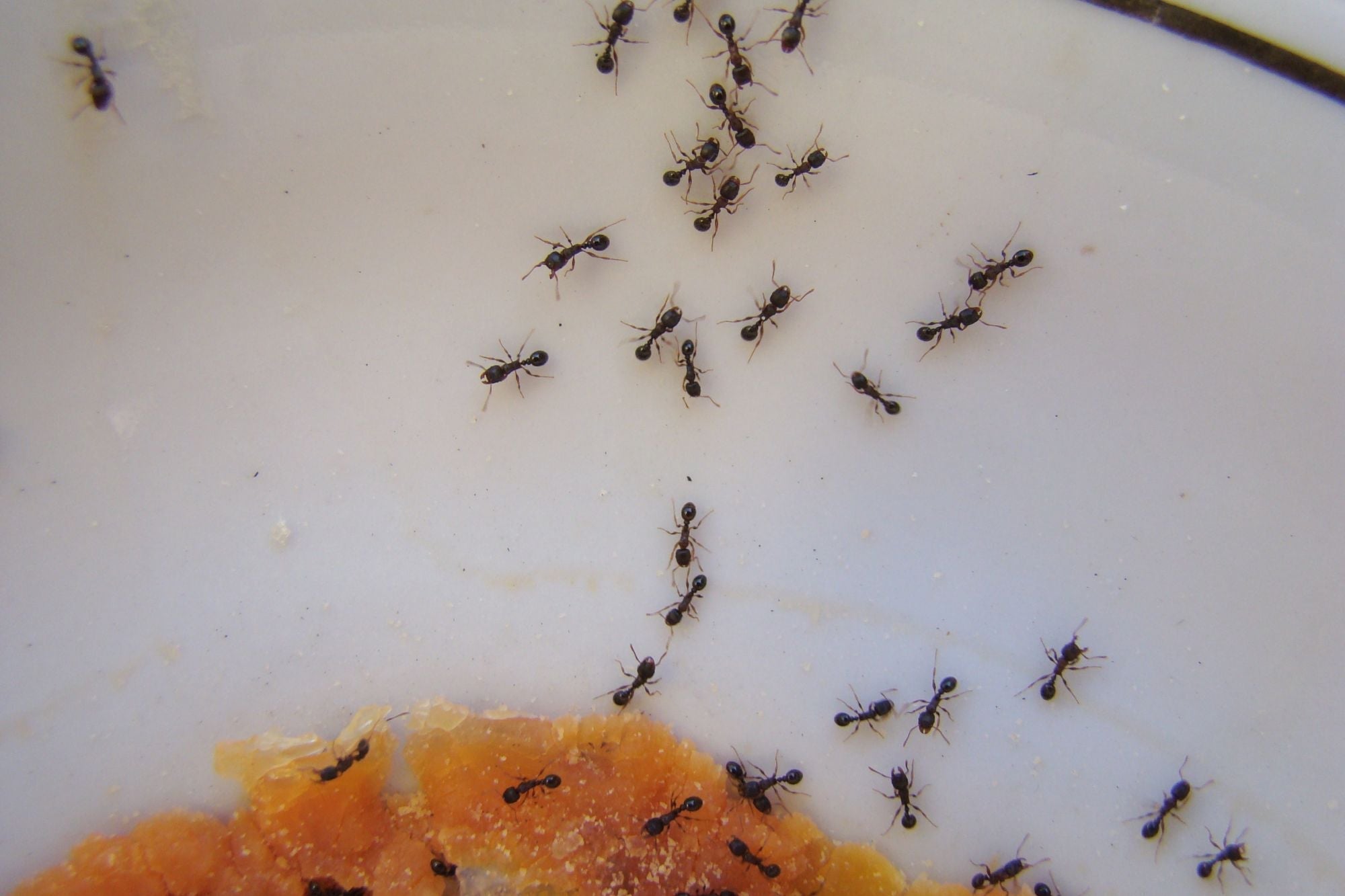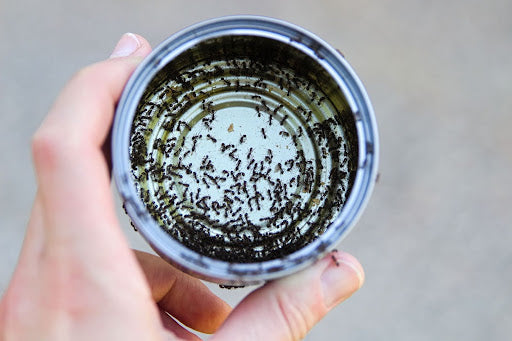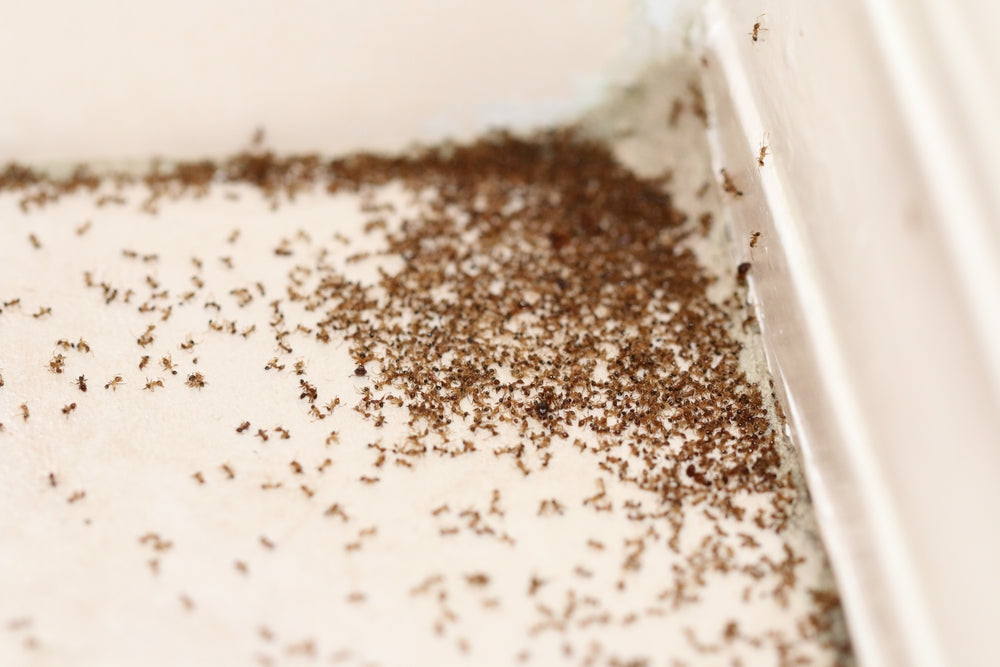
The presence of ants is more than just a nuisance. They could be a sign of a larger problem. Ants rarely travel alone, so when you spot a few of them in your home, there's likely an entire colony hiding somewhere nearby.
If you want an ant-free home, you have to learn how to find an ant colony and target the problem at the source. This guide will help you take back control of your home by finding those nests and stopping these home invaders once and for all!
Why Identifying the Ants' Colony Is Key to Control
When you see ants in your house, your first reaction might be to grab a spray and kill the ones you see. But this only solves part of the problem.
As long as the queen ant is safe inside the nest, she will continue to produce more worker ants to replace the ones you've killed. The real solution lies in finding and treating the ant colony itself.
Common Areas for Ant Nests in Your Home
Ants are clever at finding perfect hiding spots in our homes. Here are some of the most common areas.
Inside Walls and Insulation
Your home’s walls and insulation create a dark, protected, and cozy environment for colonies. If you think ants might be making a home in your walls, look closely along baseboards for small holes or cracks. A tell-tale sign of an infestation includes tiny piles of wood shavings, insulation bits, or even dead ants.
Under Kitchen or Bathroom Cabinets
Kitchens and bathrooms attract ants because they offer three things ants need: food, water, and shelter. The dark spaces under cabinets provide perfect protection for a growing colony. Leaky pipes create moisture that many ant species find irresistible.
Use a flashlight to examine the back corners of cabinets and pantries. Look for ant trails along pipes or small piles of debris. Additionally, pay special attention to areas where pipes enter the walls, as these create perfect entry points for ants to travel between rooms.
Beneath Floorboards and Tiles
When you're trying to figure out how to find an ant nest in your home, don't forget to look down! Some ant species, particularly carpenter ants, construct their nests under wooden floors. Loose tiles in bathrooms can also provide entry points for ants seeking moisture.
Check for small gaps between floorboards or tiles that might show ant activity. Soft or damaged wood flooring could indicate a larger problem with moisture-loving ants. Sometimes, certain sections may sound different when you walk on them, signaling hollow spots where ants have tunneled and created galleries.
Basements and Crawl Spaces
Dark, undisturbed areas, such as basements and crawl spaces, are perfect for ants. They are often humid and full of plenty of nooks for nesting, providing easy access to the outdoors through foundation cracks.
Take a flashlight and inspect the corners of these areas, along floor-to-wall joints, and around any wood that comes into contact with concrete. Pay special attention to areas where moisture tends to collect, such as water heaters and laundry areas.
Around Window Frames and Doorways
Window frames and doorways are natural entry points. The small gaps and cracks around these openings can directly lead to safe spaces for ants to establish colonies.
Examine these areas by looking for ant trails or tiny holes around the frames. Pay special attention to windows and doors on the sunny side of your home, as the warmth is particularly welcoming.
How to Locate and Confirm an Ant Colony
Now that you know where to look, here are some proven techniques for how to find an ant colony in your house.
Follow the Ant Trail: When you first spot ants, resist the urge to kill them immediately. Instead, track their movement to see where they go. Worker ants leave scent trails, creating highways that connect food sources to the nest, often leading directly to the colony.
Use Food Baits: Place small amounts of sweet food (like honey) and protein-rich food (like peanut butter) where you've seen ants. Observe the direction they take as they carry the food back to their nest.
Listen for Activity: For larger colonies or species like carpenter ants, you might hear them inside your walls. Press your ear against the wall during quiet times and listen for faint rustling or clicking sounds.
What to Do When You Find an Ant Nest
So you've figured out how to find an ant nest in your home. What's next?
Your approach to getting rid of ants depends on the location and size of the colony. For nests found in soil or potted plants, you can remove them directly. For colonies inside walls or structural areas, you'll need different tactics.
Many homeowners have success with ant bait traps, where worker ants carry poison back to the colony, eventually killing the queen and entire population. These work slowly by design. You want the bait to reach deep into the nest before ants start dying.
After treatment, take preventive steps to avoid future problems. Seal entry points, address moisture issues, store food in airtight containers, and trim tree branches that could create a bridge to your house.
Take Back Your Home from Ant Nests with Catchmaster
Finding ant nests requires patience, but with the right approach, you can effectively combat these persistent pests. Catchmaster® offers reliable solutions to solve ant problems of all kinds.
Our range of ant control products includes monitoring tools to help you track ant activity, baits that target the entire colony, and preventive barriers to keep new invaders out. Unlike short-term sprays, our solutions, like our popular DEFIANT™ line of liquid ant bait traps, target the root of your ant problem.
So, how do you find an ant's nest in your home? By becoming a Catchmaster!
Recent Articles
Featured product
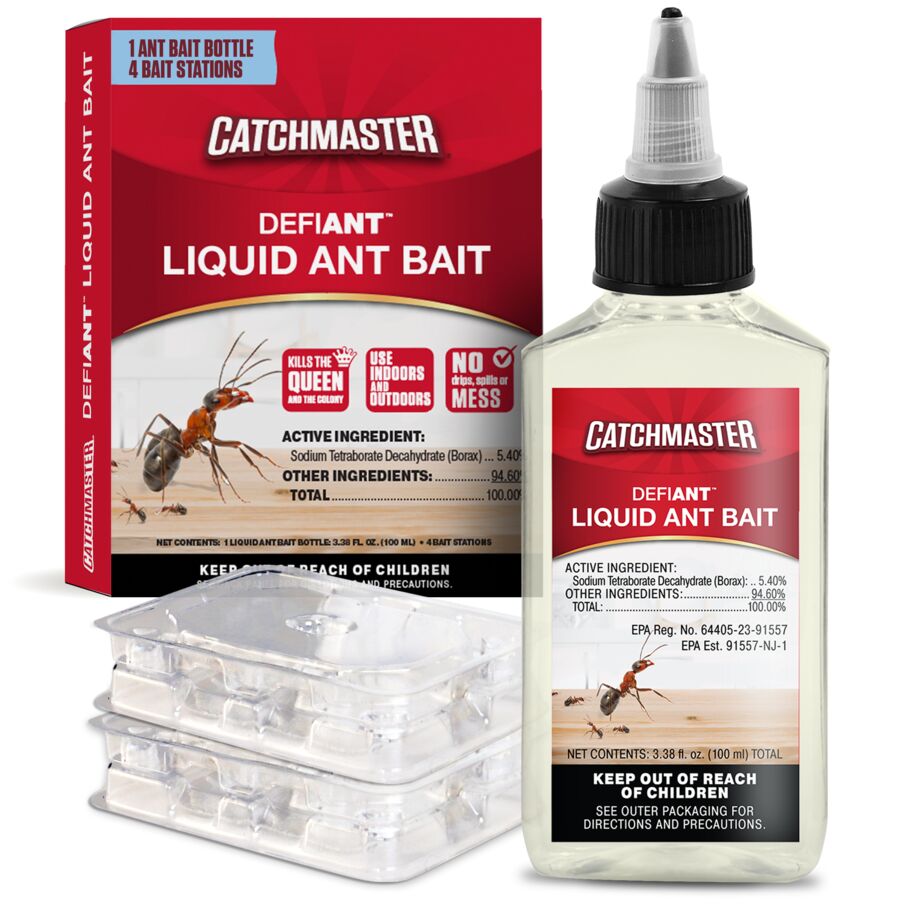
DEFIANT™ Liquid Ant Bait for Ant Control, 1-Year Supply + 8 Classic Bait Stations
1 Bottle/4 Bait Trays - $19.99



